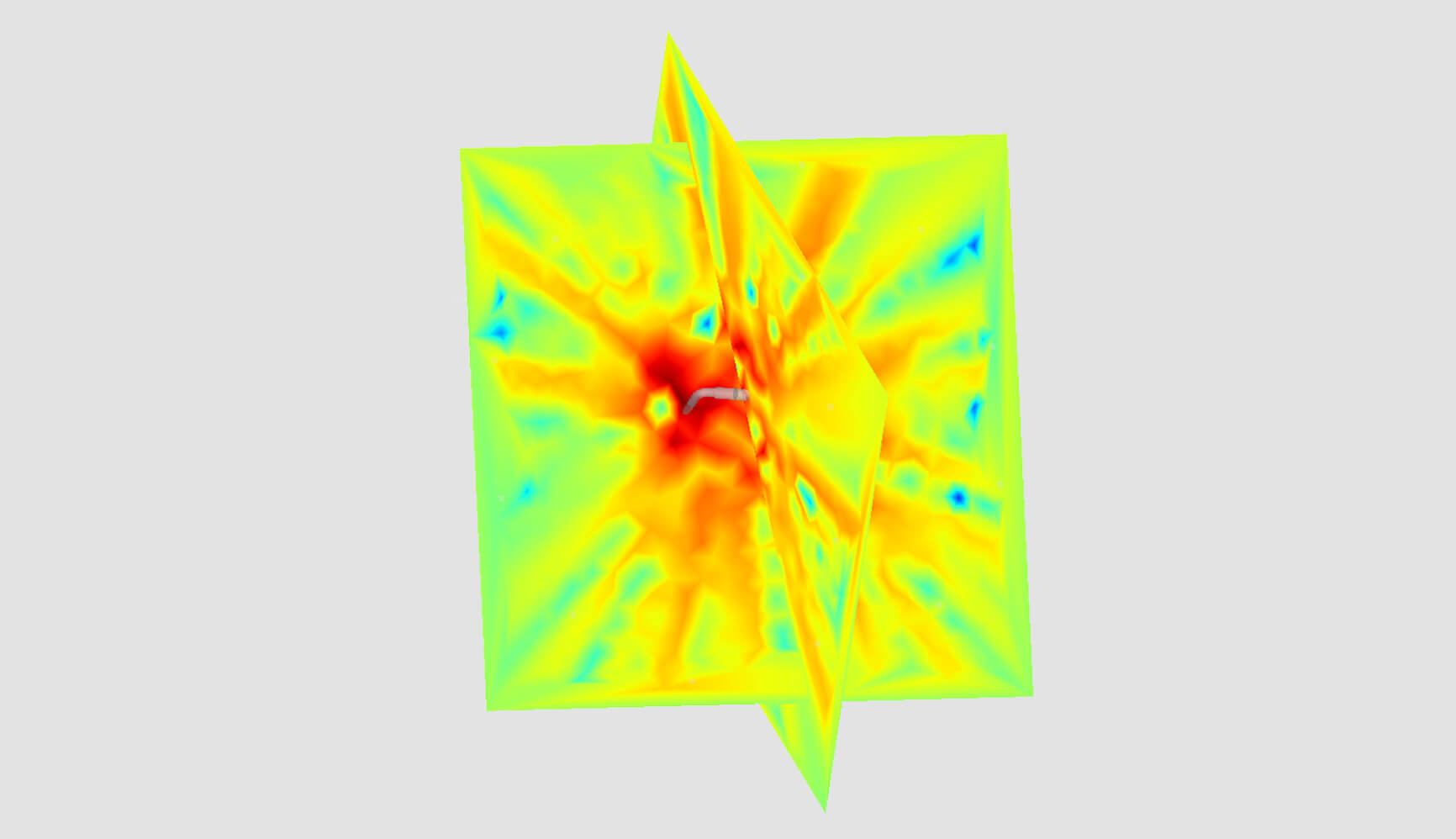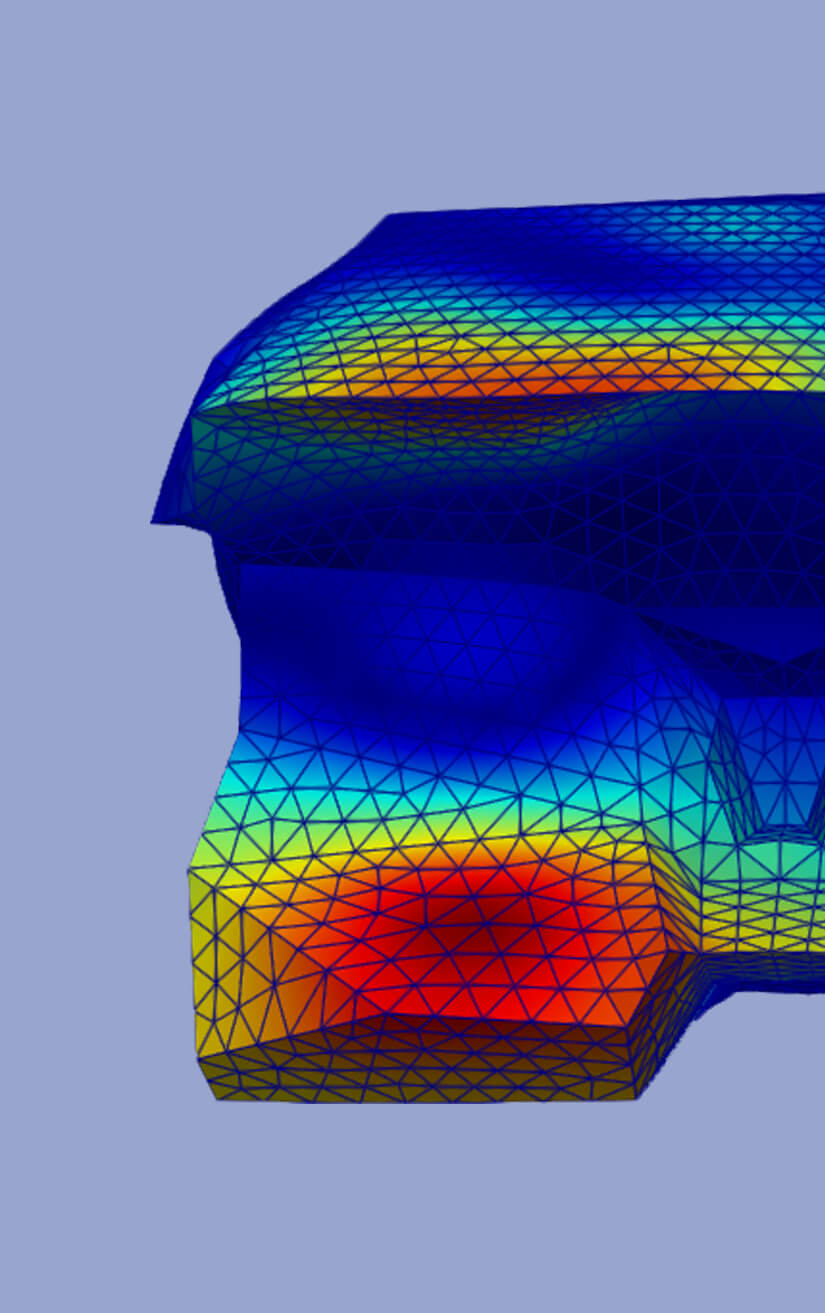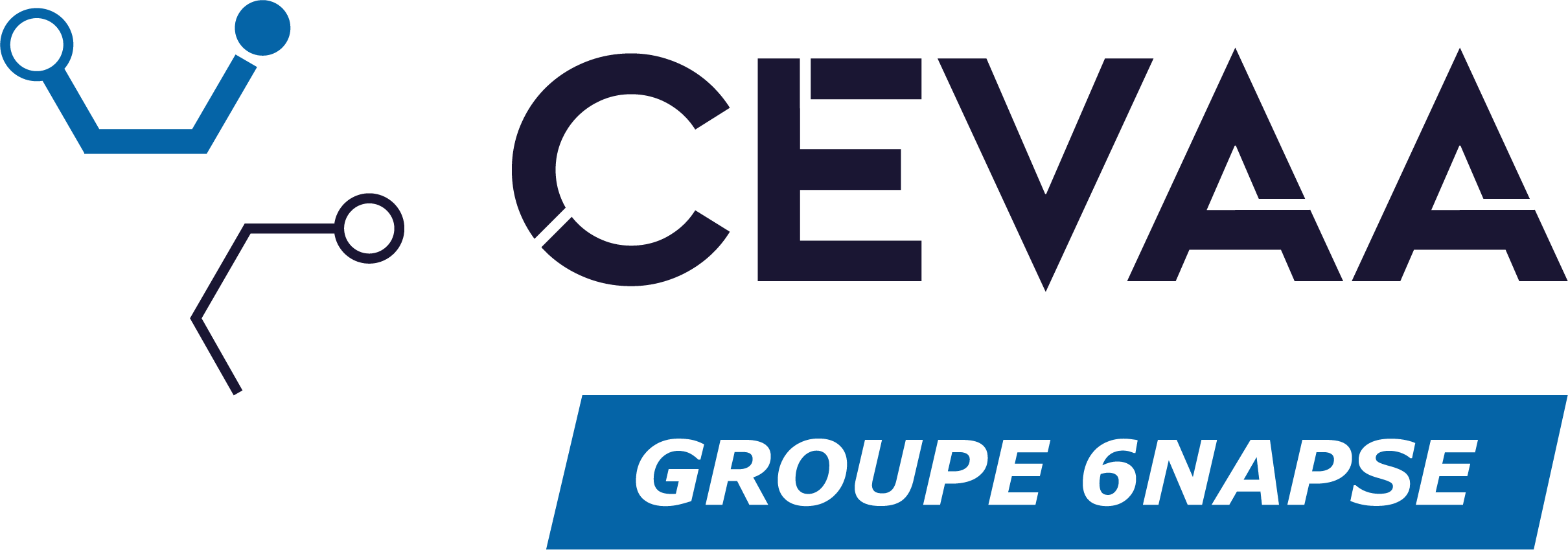Acoustic simulation

CEVAA carries out acoustic simulation for industry. We simulate sound environments and system noise.
Improved sound quality and optimized acoustic design are the goal of many industrial sectors: household appliances (e.g. vacuum cleaner), refrigeration systems, industrial machinery and tools, etc. The regulation of noise defined by the government encourages manufacturers to pay particular attention to the acoustic character of their product before placing it on the market.
Acoustic simulation and modeling in design office
CEVAA carries out acoustic simulation. Our design office supports manufacturers in increasing the performance of their products and limiting their noise pollution.
Our engineers reproduce acoustic stresses and solve equations from a discretized CAD model. We have efficient finite element calculation software (Actran, Code_Aster) and extensive feedback from our teams. Thus, we support you from sizing assistance to recommendations to stay within the normative framework (calculation of standardized acoustic indicators).
- Airborne noise: acoustic calculations for the frequencies and natural modes of cavities or pipe networks, the acoustic propagation in an exhaust line or the acoustic attenuation brought by an insulator.
- Structure-borne noise: coupled fluid-structure calculations to predict the sound levels generated by the vibration of a structure or the vibration levels of a structure subjected to acoustic loading.
- Aeroacoustic noise: calculation of noise of aerodynamic origin.
Acoustic materials simulation
In addition to the acoustic characterization, CEVAA carries out the modeling of acoustic materials. The simulation pole provides a model with representative acoustic behavior.
Indeed, the Transfer Matrix Method (TMM) allows the modeling of damping treatments, multilayer materials and composites in order to determine the sound absorption coefficient (SAC) and the sound reduction index (STL) of your products.
Vibration and acoustic simulation
The origin of an acoustic problem on your product comes in most cases from a coupling between the vibration of the structure and the propagation of the resulting acoustic wave. It then becomes necessary to model the vibration and acoustic phenomena in a single model in order to understand the source of the noise and reduce its impact on its environment.
Whether it is an industrial problem (example: radiated noise from a combustion engine) or a building problem (example: improvement of the acoustic insulation of multilayers), the 6NAPSE Group supports you in improving your products.
Applications
- Airborne noise calculation
- Simulation of impact noise by vibro-acoustic calculation of floors
- Fluid/structure coupled calculation (structure-borne noise calculation)
- Calculation of extraneous noises (squeak & rattle)
- Calculation of electromagnetic noise
- Calculation of Acoustic Performance of Small Booth Rooms (Digital Small Booth Methodology)
- Calculation of sound attenuation index and sound absorption coefficient of multilayer materials
- Acoustic simulation of automotive radiator system
- Aid for the acoustic improvement of ventilation ducts
- Numerical study of soundproofing for exhaust pipe in TMM (Transfer Matrix method)
CEVAA assets
- Experienced simulation and calculation teams
- Tailor-made finite element analysis according to your specifications
- Advice and recommendations
- Diversity of simulated environments and stresses
- Correlation calculations / tests
- Simulation training (all levels)

For more information, contact our teams!
